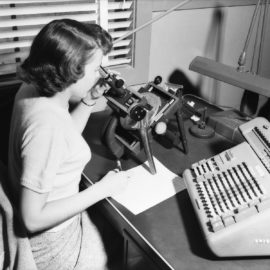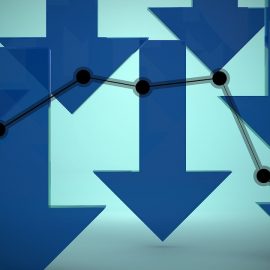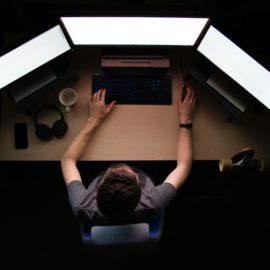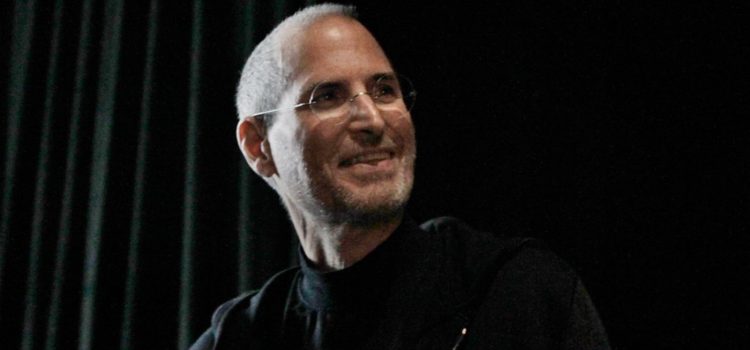
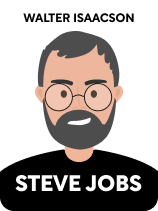
This article is an excerpt from the Shortform book guide to "Steve Jobs" by Walter Isaacson. Shortform has the world's best summaries and analyses of books you should be reading.
Like this article? Sign up for a free trial here.
What was Steve Jobs’s life like? What did he accomplish in his lifetime?
Steve Jobs was as much a product of his time as he was one of its chief architects. His rise to fame and tumultuous life mirrored the whirlwind of the digital revolution.
Learn more about Steve Jobs’s life from his self-titled biography by Walter Isaacson.
Formative Years (1955-1974)
In 1971, Jobs met Steve Wozniak, who was five years older but still a child at heart. Jobs and Wozniak bonded over electronics, as well as their love of pulling pranks. After reading about a way to hack the telephone network, Wozniak designed a circuit that he and Jobs used to make long-distance prank calls. Jobs hit on the idea of selling copies of the circuit to students at Stanford. Isaacson points out that this business model would later become the model for Apple, with Wozniak designing the system and Jobs responsible for packaging and marketing. This was the moment Steve Jobs’s life began to take a successful turn.
After graduating from high school in 1972, Jobs enrolled in Portland, Oregon’s Reed College. While diving head-first into the early ’70s counterculture, Jobs developed an interest in Zen Buddhism, with its stark, minimalist values that he would keep over the years. He would also develop a fixation on extremely limited vegan diets and extended periods of fasting.
Jobs enjoyed his time at Reed, but he detested taking required classes. He eventually dropped out but persuaded the school to let him audit classes he was interested in for free. After leaving school for good, Jobs traveled to India, where he hoped to continue his spiritual pursuits, diving into self-deprivation and asceticism. (Shortform note: In Becoming Steve Jobs, Brent Schlender and Rick Tetzeli explain that after college, Jobs felt tempted to lead the lifestyle of a monk, though he was far too ambitious. He was attracted to the spiritual aspects of asceticism found in Hindu beliefs and was also drawn to Buddhism’s quest for perfection.)
The Birth of Apple (1975-1977)
After coming home from India, Jobs reunited with Wozniak at a time when a larger network of computer hobbyists was forming. This wider community gave their partnership a springboard from which they would make a lasting mark on the world. Jobs and Wozniak went from nobodies to industry-shaking pioneers so quickly that it’s almost hard to imagine.
At a meeting of the Homebrew Computer Club, Wozniak watched a demonstration of the new Altair 8800 computer, the first home computing system to include a microprocessor chip. Seeing the Altair gave Wozniak the idea of putting a microprocessor into a terminal he was currently designing. It worked, and Wozniak became the first person ever to type on a home computer keyboard and see text appear on a screen.
Wozniak wanted to share his idea with the other Homebrew members, but Jobs convinced him that they could sell pre-printed circuit boards instead of giving the design away for free. The two scraped together their savings to fund their new partnership, which Jobs dubbed “Apple Computers” after an apple orchard commune he’d worked at in college.
Wozniak and Jobs introduced the Apple I at the Homebrew Computer Club, where it caught the attention of a local computer dealer. Jobs’s parents’ garage became their first factory, where friends and family became the assembly line to manufacture the Apple I circuits.
Already thinking ahead, Jobs decided their next model should be a fully integrated system that required no assembly by the user. He intended to take the personal computer from a hobbyist’s toy to a product for the general public. He and Wozniak went into business with Mike Markkula, formerly at Intel, to fund Apple’s expansion and production costs.
The Apple II debuted in 1977, kicking off the personal computer industry.
Introducing the Mac (1978-1984)
Even with Apple’s initial success, new computer systems were spreading like wildfire, and Jobs kept his finger to the wind, looking for the next move the industry would make. Not only would Jobs lead the next revolution in computer design, but he would also take a stand in what would become the defining contest within the computer world of the 1980s.
In the late ’70s, Xerox was developing a Graphical User Interface (GUI) that allowed users to operate a computer by activating icons on a “desktop” with a mouse. Xerox wanted shares in Apple’s next expansion, so in 1979 Jobs was given a demonstration of what their engineers were working on. According to Isaacson, Jobs was able to bully his way into seeing more of Xerox’s projects in development than their researchers wanted to show him.

———End of Preview———
Like what you just read? Read the rest of the world's best book summary and analysis of Walter Isaacson's "Steve Jobs" at Shortform.
Here's what you'll find in our full Steve Jobs summary:
- A no-fluff look into the life of Steve Jobs
- How Jobs changed the technology landscape
- What it was like to work with and for Steve Jobs


